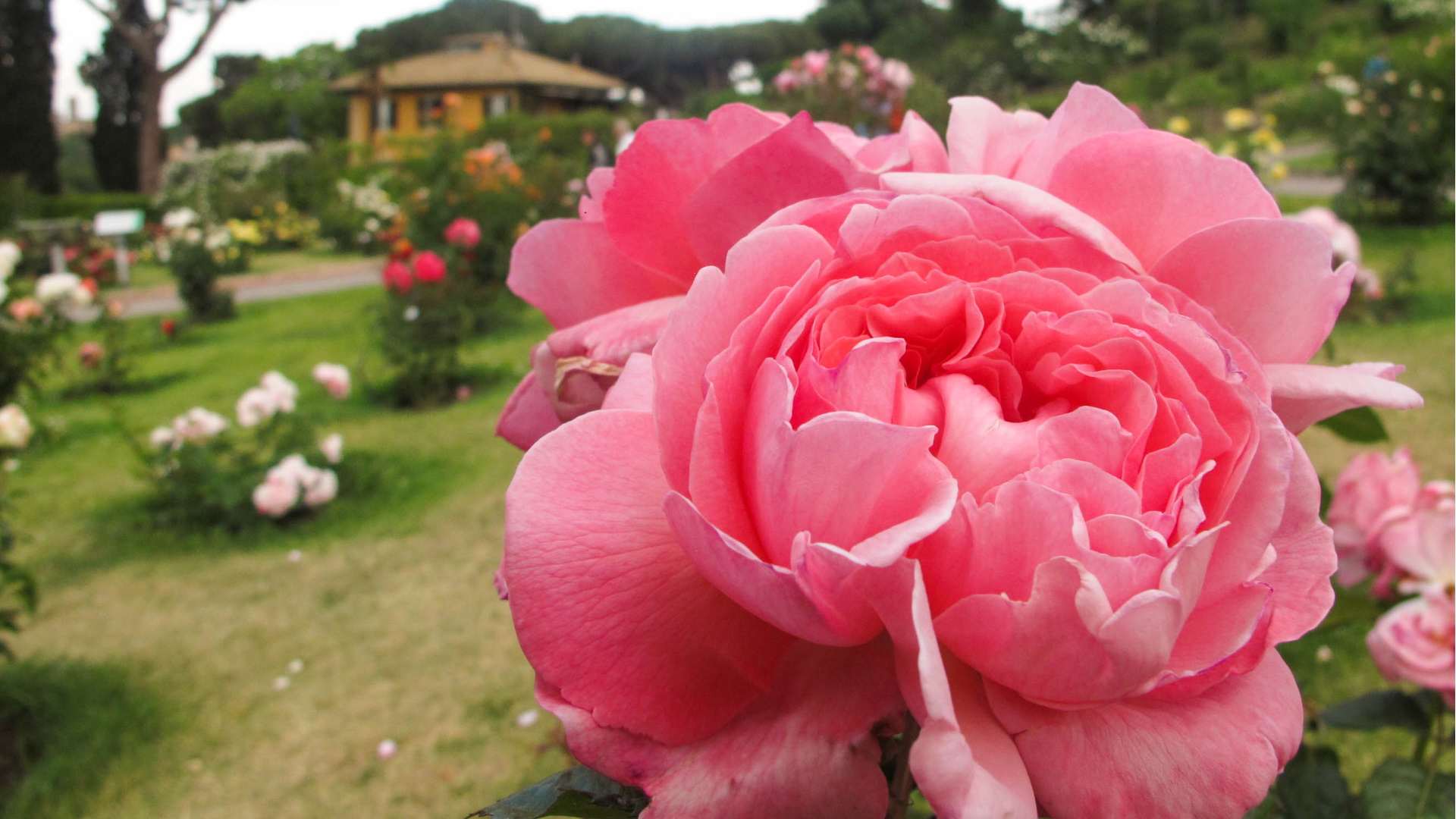
In addition to its monuments, palaces and churches, a city is also made up of the memories it evokes and the life that passes through it. A daily life that, in Rome, has always been marked by rites, holidays, anniversaries, celebrations: a full program of fixed events which, with their load of traditions, represented a (religious or civil) occasion for reflecting, meeting, sharing and having fun, season after season.
If some of them have not resisted the oblivion of time or have lost part of that sense of perfect wonder that they used to give to the Romans and to the many visitors of the city, others are still alive and kicking, even richer today than in the past. And some others, even if born in more recent years, are already part of the modern and contemporary “traditions” of the city.
To fully experience Rome and immerse yourself in its history, month by month we will present you some of the special days and moments of the city, the past and present one – the most heartfelt or awaited events, or even simply the most curious ones.
-
Workers’ Day, 1st May
-
The “Roman Maggetto”, 1st May
-
The Lemuria, 9, 11 and 13 May
-
St. Paschal Baylón, 17 May
-
Notte dei Musei - Night of the Museums, 16 May
-
Pentecost, 24 May
-
Pilgrimage of the Seven Churches, May (before Ascension Day)
-
Blooming azaleas at Piazza di Spagna, April-May
-
Spring flowering at the Rome’s Roseto, April-May
Workers’ Day, 1st May
The International Workers’ Day was instituted at the end of the 19th century as a day of international struggle to affirm the rights of all workers and achieve social progress goals. In Rome, since 1990 one of the fixed events of the day is the music festival organized by the three main Italian trade unions, the largest and most historic free concert in Italy. The long live music marathon traditionally takes place in the square in front of the Basilica of San Giovanni in Laterano: it starts in the early afternoon, is attended by a large audience and involves the participation of many Italian and international bands and songwriters. The “Concertone”, as it is often called to emphasize its extent, is broadcast live by RAI via TV, radio and even online streaming. Due to the rebuilding of Piazza di Porta San Giovanni in Laterano, the event changed exceptionally home in 2024, moving to another location just as full of history and charm: the Circus Maximus.
The “Roman Maggetto”, 1st May
The triumph of spring and nature: long before the institution of the Workers’ Day, the beginning of the month of May was seen as an important time of the year, to be celebrated with all the trimmings. In the days between the end of April and 3 May, ancient Romans celebrated the Floralia or Ludi Florales: the Festival involved theatrical performances and athletic games in honor of the goddess Flora, an ancient Italic divinity of spring, and the joyful atmosphere included jokes, banquets and libations. Time went by but in the popular Roman tradition the wine, preferably red and from the Roman Castelli, continued to be the common thread of the celebrations for the first of May, which became the day par excellence dedicated to trips out of town, picnics and lunches with friends and relatives. Speaking of food, during the so-called “Roman Maggetto” there is something that can’t miss: fresh broad beans and pecorino romano cheese, an apparently simple but incredibly savor pairing. And re-tying the threads of history, already during the Floralia beans and legumes were released into the crowds as symbols of fertility and abundance.
The Lemuria, 9, 11 and 13 May
Christian tradition associates the month of May with the Virgin Mary and the exuberant colors of spring, but things were quite different in ancient Rome. Floralia’s (between late April and early May) and Rosalia’s (at the end of the month) cheerful and festive atmosphere was offset by days of sheer terror, when marriages were forbidden and the city temples were closed – because the dead roamed free in the world of the living. In the Roman calendar, 9, 11 and 13 May were the days reserved for the lemures, the spirits of the night, the restless souls of ancestors who died before their time or by violent means. Tradition has it that these were the oldest celebrations dedicated to the dead celebrated in Rome: it was Romulus himself who instituted them to appease to appease the angry spirit of his murdered twin, Remus. At midnight, while the house was shrouded in silence and darkness, the head of the household walked barefoot through the house never looking back. He would throw black beans behind him nine times, repeating a series of incantations to accompany the spirits to the door. The pagan festival of Lemuria was definitively outlawed on 13 May 610, when Pope Boniface IV consecrated the Pantheon to the Blessed Virgin and other martyrs. On 1 November about a century later, Pope Gregory III in turn consecrated a chapel in St Peter’s to the relics of all saints, martyrs and confessors and the celebration, followed by the commemoration of the dead, was moved to this date, coinciding with the Celtic festival of Samhain (Halloween night). In the 18th century the holiday was partly brought back into memory when naturalist Linnaeus named “lemurs” the animals symbolizing Madagascar due to their wide eyed stare and nocturnal habits.
St. Paschal Baylón, 17 May
The life of the Spanish mystic friar Paschal Baylón, died in the odor of sanctity on 17 May 1592, gave no hint of the particular popular devotion to which he was the object of in Rome and southern Italy starting mainly from the 18th century. It is in the middle of that century that in the dedication of the ancient little church in Trastevere the Forty Martyrs were joined by the Spanish saint. From then on, the religious building also became known as the “Church of the spinsters”: perhaps only for a banal and somewhat stretched assonance, the saint was considered the protector of women, especially those looking for a husband. Who, young and old, crowded the church especially during the feast of the saint, reciting the well-known prayer “San Pasquale Baylonne, protettore delle donne, deh, trovatemi un marito, bianco rosso e colorito, come voi: ma talequale, o glorioso san Pasquale”, “Saint Paschal Baylon, protector of women, please find me a husband, white, red and colorful, like you: but such as, glorious Saint Paschal”. If you want to try, remember that to be effective, prayer had to be preceded by a novena.
Notte dei Musei - Night of the Museum, 16 May
It is now a Roman traditional, and much-loved, event taking place during the month of May: since 2009, the Municipality of Rome has joined the Nuit Européenne des Musées by organizing a late night festival in the city dedicated to art and entertainment. Every year, on the Saturday evening closest to International Museum Day (ICOM) on 18 May, during the Notte dei Musei - Night of the Museums the city-run museums of the Sistema Musei di Roma Capitale and some of the city’s most important cultural venues stay exceptionally open to the public from 8 p.m. to late at night, to offer Romans and tourists “out-of-hours” dreams and emotions. Until two o’clock in the morning, with a symbolic entry fee of one euro (unless otherwise specified), it’s possible to admire the permanent collections and temporary exhibitions hosted in the museums, while enjoying free performances of live music, concerts, theatre and dance.
Pentecost, 24 May (moveable feast between May and June)
In Rome, a spectacular show accompanies the celebration of Pentecost, one of the oldest feasts of the ecclesiastical calendar, which commemorates the descent of the Holy Spirit upon the Virgin Mary and the Apostles in the form of tongues of fire, fifty days after Easter. Since 1995, the Pantheon is once the seat of a very ancient tradition: once the mass has ended, as it already happened in the distant years of the Middle Ages, thousands of red rose petals are dropped upon the crowd gathered for the celebration from the oculus of the dome, the 9-meter-diameter circular opening that radiates light and heat inside the temple. The tradition of showering rose petals is generally handled by the city’s fire department. But why specifically roses? In Christian culture, roses are a recurring feature: from the earliest years of the Church, the red ones were a symbol of the Holy Spirit and the blood shed on the Cross for the redemption of humanity.
Pilgrimage of the Seven Churches, May (before Ascension Day)
An itinerary of about 20 km on foot through Christian Rome: it is the most famous Roman pilgrimage, probably of medieval origin but revitalized and made official in the 16th century by St Philip Neri, starting exactly on Fat Thursday in 1552. As an alternative to mocking and disorganized celebrations of the Roman carnival, Philip proposed devotion to the holiest places in Rome, in a sort of “spiritual Carnival”. The circular route touched the main churches of the city of the time: the basilicas of San Pietro, San Paolo fuori le mura, San Sebastiano (from the Jubilee of 2000, also replaced by the Sanctuary of the Madonna del Divino Amore), San Giovanni in Laterano, Santa Croce in Gerusalemme, San Lorenzo fuori le mura and Santa Maria Maggiore. As time went by, the pilgrimage became a fixed appointment for the Romans, to be honored in May before the feast of the Ascension, 40 days after Easter: the last visit was celebrated with a lunch, which could turn into a prolonged revelry in respect for the easygoing precept to visit “the seven churches and the fourteen taverns”. Nowadays, the pilgrimage takes place in collective form at night twice a year, in September and in May, just before the feast of St Philip Neri (26 May), with the guidance of a Father of the Congregation of the Oratory of St Philip Neri.
Blooming azaleas at Piazza di Spagna, April-May
Spring is not spring in Rome without the azaleas that decorate and color the 18th-century staircase of Trinità de’ Monti. The tradition of the Capitoline flower exhibition dates back to the 1930s: it was initially set up in the park of Villa Aldobrandini but in 1952 it moved permanently to Piazza di Spagna. The floral triumph is entrusted to about 250 white and lilac azalea plants: during the rest of the year, their usual residence is the Semenzaio di San Sisto, the city’s nurseries. The duration of the exhibition (about one month) depends on the weather conditions, which can reduce the flowering time of the azaleas and thus accelerate their return to the ancient nurseries.
Spring flowering at the Rome’s Roseto, April-May
Over a thousand varieties of roses for a unique sensory experience. On the slopes of the Aventine Hill, just above the Circus Maximus, the 17th-century Garden of the Jews has been home to the Rome’s rose garden since 1950. Generally, it is open to the public from late April to May, during spring flowering, and in October for the autumn flowering. In addition to the roses with their scents and colors, the Roseto offers a stunning view that goes from the Palatine Hill to the bell tower of Santa Maria in Cosmedin, the dome of the Synagogue and the Vittoriano, up to the Monte Mario observatory.
June in Rome. Key dates and events (today as in the past)
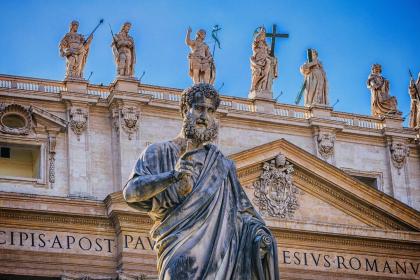
July in Rome. Key dates and events (today as in the past)
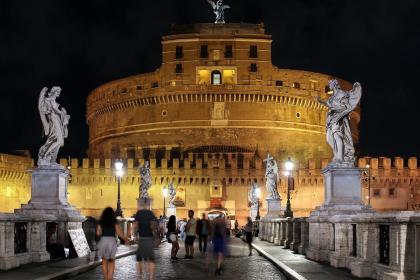
Habas y queso pecorino en el Primero de Mayo

El vino y la tradición de su consumo en Roma

Viaje por los sugestivos pueblos de los Castelli Romani
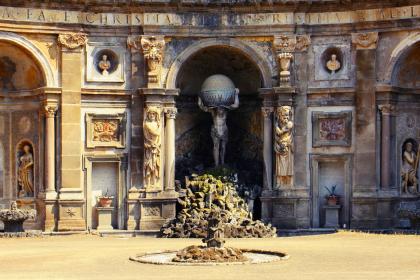
 Condividi
Condividi
Basílica de San Juan de Letrán
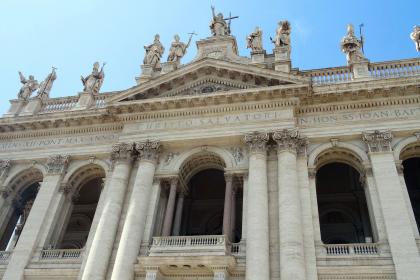
 Condividi
Condividi
Iglesia de Santa Maria in Vallicella (Iglesia Nueva) y estancias de San Filippo Neri
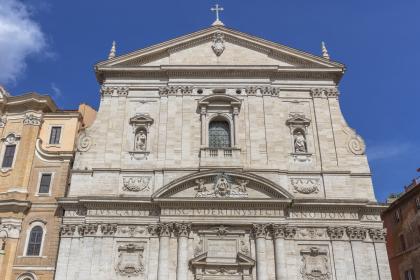
 Condividi
Condividi
El Rosal Municipal
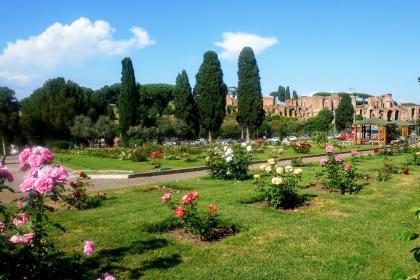
 Condividi
Condividi











































